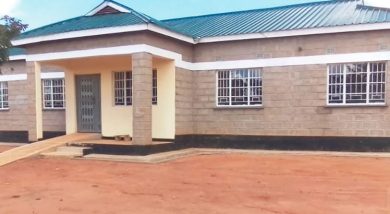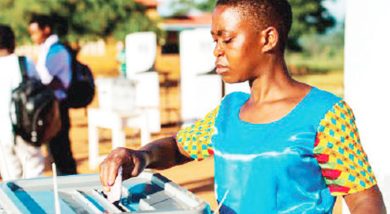Malawi education budget below benchmark
Although the education sector has been allocated a chunk of money totaling K166 billion of the proposed K1.5 trillion 2018/19 National Budget, the sector’s allocation is below the international benchmark set for the United Nations 2030 Sustainable Development Goals.
Sustainable Development Goal (SDG) Goal 4, which is Quality Education, set out to ensure inclusive and equitable quality education and promote lifelong learning opportunities for all, stipulates that education sector be allocated at least 15 percent total public expenditure and net lending and 4 percent of the gross domestic product (GDP).

But out of the total expenditure and net lending set at K1.504 billion which is 28.2 percent of the GDP, the education budget has fallen short by 4 percent to stand at 11 percent of total public expenditure and net lending and 3 percent of the GDP.
The development, according to education activists, may have some negative implications in line with the international set standards.
Education policy analyst and advocate Limbani Nsapato argues that failure to allocate enough resources to the sector will spread thinly across many areas of need in the education sector, and consequently, the budget will have minimal impact in addressing the perennial challenges in the education sector.
“Currently we have a number of challenges which include shortage of qualified teachers, shortage of teaching and learning materials, shortage of infrastructure and limited incentives for teachers.
Ultimately, achieving inclusive and equitable quality and lifelong education for all as aspired in the 2030 SDG agenda and integrated in the MGDS III will be a tall order,” he said.
He said government needs to set its priorities right and ensure that while education sector continues to enjoy the lion’s share of the budget, that share complies with international benchmarks of resource allocation and that areas of need are adequately funded to produce far-reaching results.
Speaking separately, education analyst Steve Sharra argued that failure to be line with the international standards on education would lead the country nowhere toward the SDG 4 stipulation to provide free secondary education.
“We have very low secondary enrolment rates because more than 70 percent of young Malawians who start school never reach Standard 8. Of the few that reach Standard 8, about 260 000 out of 900 000, as of 2017 figures, only about 100 000 go on to secondary school because those are the only spaces we can afford,” he said.
But treasury spokesperson Davis Sado said much as the country respects the commitments it made in line with the SDG goal 4 as well as the concerns noted by the activists government had to task to ensure that it balances the allocations.





